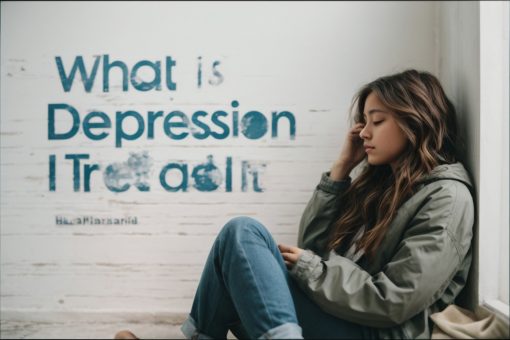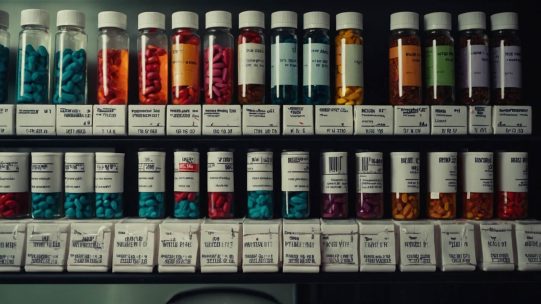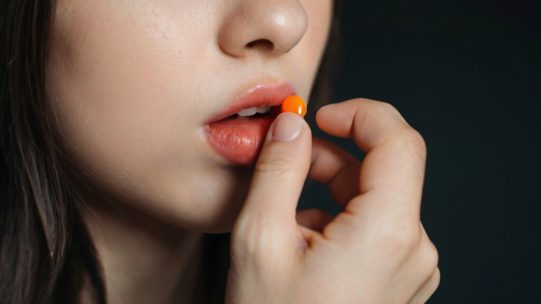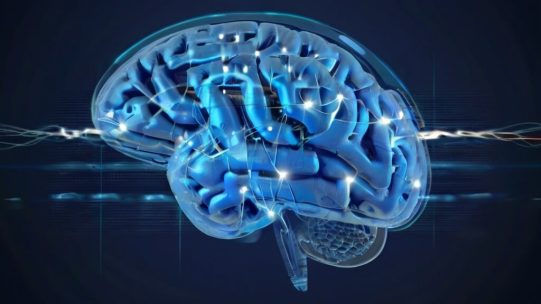Researchers identify subtype of depression using surveys, brain imaging and cognitive tests.

Researchers at Stanford Medical School conducted a study in which they described a new category of depression called the cognitive biotype, which accounts for 27% of depressed patients and is not effectively treated with commonly prescribed antidepressants.
Cognitive tasks have shown that these patients have difficulty with the ability to plan for the future, exercise self-control, maintain focus despite distractions, and restrain maladaptive behavior, and imaging has shown decreased activity in two brain regions involved in these tasks.
Because depression is traditionally defined as a mood disorder, doctors typically prescribe antidepressants that affect serotonin (known as selective serotonin reuptake inhibitors or SSRIs), which are less effective in patients with cognitive impairment. The researchers said that targeting these cognitive impairments with less common antidepressants and other treatments could alleviate symptoms and help restore social and occupational competence.
The study, published June 15 in the journal JAMA Network Open, is part of a broader effort by neuroscientists to find treatments that target the biotype of depression, said the study’s lead author, Vincent W.K. Wu, professor of psychiatry and behavioral sciences. Dr. Leanne Williams said.
“One of the main challenges is to find new ways to address what is currently a trial and error process and help more people recover more quickly. By introducing objective cognitive measures, such as diagnostic imaging, we can make sure we don’t treat all patients the same.”
Finding the biotype
These were escitalopram (trade name Lexapro) or sertraline (Zoloft), which act on serotonin, or venlafaxine-XR (Effexor), which acts on both serotonin and norepinephrine. The 712 participants underwent an eight-week course of treatment.
Before and after antidepressant treatment, participants’ symptoms of depression were measured using two questionnaires – one administered by a physician and a self-assessment that included questions about changes in sleep patterns and diet. Measures of social and occupational functioning and quality of life were also monitored.
Participants also completed a series of cognitive tests before and after treatment that measured verbal memory, working memory, decision-making speed and sustained attention.
Before treatment, scientists used functional magnetic resonance imaging (fMRI) to scan 96 participants who performed a task called “GoNoGo,” in which they pressed a button as quickly as possible when a green “Go” signal appeared and did not press a button when a red “NoGo” signal appeared. fMRI is a technique that uses oxygen levels in the blood and monitors the state of neurons. The fMRI monitored neuronal activity by measuring changes in oxygen levels, which showed the level of activity in different brain regions corresponding to the Go or NoGo response. The researchers then compared the participants’ images to those of people who did not suffer from depression.
The results showed that 27% of the participants had significant cognitive decline and symptoms of insomnia, cognitive decline in behavioral tests, and decreased activity in certain areas of the brain in the frontal lobe.
This study is extremely important because psychiatrists have few measurement tools to help them make treatment decisions for depression,” says Laura Huck, MD, lead author of the study and assistant professor of psychiatry and behavioral sciences. Most of the measurements are based on observation and self-report. In research on depression treatment, imaging during cognitive tasks is fairly new.”
In pre-treatment fMRI, participants with the cognitive biotype showed significantly reduced activity in the dorsolateral prefrontal cortex and dorsolateral anterior cingulate cortex during the GoNoGo task, compared to participants without the cognitive biotype. Both of these areas form circuits of cognitive control and are responsible for limiting unwanted thoughts and irrelevant reactions, improving goal selection, etc.
After treatment with the three antidepressants, the overall remission rate (disappearance of general symptoms of depression) was 38.8% for participants with the newly discovered biotype and 47.7% for those without it. This difference was most pronounced with sertraline: remission rates were 35.9% for participants with the identified biotype and 50% for those who did not have it.
Although symptoms of depression manifest differently from person to person, finding commonalities, such as similar brain profiles, may help health care providers treat individual patients more effectively,” says Williams.
Depression isn’t one size fits all.
Williams and Huck suggest that behavioral measures and imaging could help diagnose the biotype of depression and lead to more effective treatment. Patients could fill out a questionnaire on their computer or in their doctor’s office and, if found to have a particular biotype, undergo imaging to confirm it before beginning treatment.
Researchers at Stanford University’s Center for Precision Mental Health and Wellbeing, of which Williams is director, are working with Stanford University’s Translational and Precision Mental Health Clinic, of which Huck is director. Innovative Medicines Accelerator, are investigating another drug (guanfacine) that targets the dorsolateral prefrontal cortex region of the brain. They believe this treatment may be more effective for patients with cognitive subtypes.
Dr. Williams and Dr. Haq would like to conduct a study comparing different types of pharmacotherapy to treatments such as rTMS and cognitive behavioral therapy in patients with cognitive subtypes. In rTMS, commonly referred to as TMS, magnetic fields stimulate nerve cells. In cognitive-behavioral therapy, patients are taught to use problem-solving strategies to combat negative thoughts that contribute to emotional dysregulation and loss of social and occupational competence.
“I regularly observe the increased distress, loss of hope, and suicidal tendencies that occur when people go through the trial and error process. All because we start with medications that have the same mechanism of action for all depressed people, even though depression is very heterogeneous. I think this study will help make a difference.”










Comment